Armory of the Venetian Doge's Palace
Asleep, as in a nest, between reeds, in the middle of silt
The lagoons that nurtured and raised you,
As all historians and guests say.
Henry Longfellow. Venice. Translation by V.V. Levik
Military museums of Europe. Probably, it so happened in the course of historical development that in every more or less large city in Europe there are "Armouries" or at least a set of medieval weapons and armor. And Venice, located in the middle of the lagoon - a city on the islands, is also no exception. It also has its own Armory, which contains valuable historical a collection of weapons and armor of great interest. But here she is not in a museum or in a palace, but built in the XVII - XVIII centuries, but inside the Doge's Palace, the supreme rulers of the Venetian Republic, which began to be built somewhere in 1309, and finished more than a century later - in the 1424th! That is, this is a truly medieval building, and therefore the basis of its collection is also very old and documented as existing in the XIV century. However, why be surprised? Times were not calm then, conspiracies were not uncommon, so even the supreme rulers of the republic had to have weapons at hand.
Therefore, it is not surprising that the armory of the palace was located next to the Hall of the Great Council, so that in case of any "troubles" the members of the council could arm themselves in an instant and join the ranks of the defenders of the palace. And this is in addition to the security itself, to which, in the event of a threat of attack, arsenalotti should also join - highly skilled workers from the Arsenal shipyards that were nearby. So then there were a lot of weapons in the palace, and it was contained in this room in perfect order. In the days of the Republic, the Council of Ten even appointed a special person who checked the state of the weapons stored in it (this, incidentally, concerns the question of why weapons and armor in such museums are not rusty!), And it was his duty to exchange other collections and the acquisition of armor in the workshops of Belluno, Bergamo, Brescia and even from Nuremberg. The state of the weapon was supported by four special masters who, since the 18th century, monitored its safety. Gradually, in this "state museum", rich by donations, bequeathed to the inheritance and trophies of the war years, a collection of a variety of and sometimes amazing items was collected. For example, there was a horn bowl capable of recognizing poison in the contents poured into it, a huge silver lantern with rock crystal plates, silk clothes donated by the Japanese ambassador in 1585 along with a katana sword, a piece of gold velvet sent in 1600 Persian Shah, and even the painting "St. Mark." A massive cedar door, brought in regardless of all expenses, from Lebanon in 1556 year, protected the entrance to the arms rooms.
Theft, looting and requisition of the following years significantly diminished the property of the Armory, but so far it has more than two thousand different types of weapons and armor.
The fall of the Republic in the 1797 year (and it must be emphasized that the Doges by this time ruled Venice for exactly 1100 years, from the 697 to 1797 years) led to the fact that all the premises of the Armory were closed, and the objects inside it were dumped in the basements . And for public viewing, it was rediscovered only in the 1923 year. Some of the paintings from it went to the Correr Museum, but all the weapons remained in the Doge's Palace.
Well, now that we’ve got acquainted with the history of the Armory of the Doge’s Palace, let's arrange a short tour of the palace and try to consider everything carefully.
Entrance to the Doge’s Palace is paid and costs 20 euros, and the card of the International Federation of Journalists here is also invalid for some reason. As in most museums in Russia. Well, so ... However, there are big discounts for people older than 65 years and young people up to 18-te, so pre-stock pension certificates (who have it) or passports, and then the cost of visiting the palace will decrease many times for you, but for "children" It will be completely free.
The architectural decoration of the courtyard. By the way, here is what is in front of us, This is part of St. Mark's Cathedral, which enters the courtyard of the Doge's Palace.
Inside the palace there is a large courtyard, from where you can admire its internal architecture and numerous sculptures, and then go down to the dungeon, where a whole forest of columns is exhibited, supporting the galleries of the palace in the past. After the suffocating Venetian heat, we simply don’t want to leave here, however, we go up the stairs and begin to inspect the premises of the palace from the most unique - the Great Council Hall - the largest hall without supports supporting the ceiling, not only in Venice, but throughout Italy. The dimensions of the hall are really impressive: 54 meters long, 25 meters wide, and 15 meters from floor to ceiling. The latter is simply amazing in its splendor, it is just some kind of madness from carving, gilding and paintings. The hall is so large that it occupies the entire south wing in the palace. However, the rooms - one of which is more luxurious than the other, is so numerous that all this luxury just ... ruffles in the eyes.
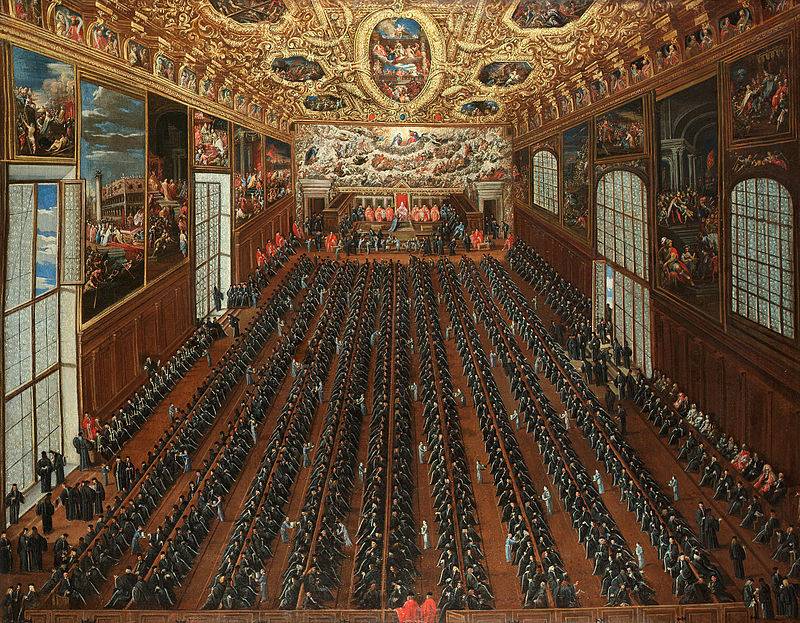
But ... guided by the directional arrows, sooner or later you will surely find yourself in the Armory, which consists of several rather large halls. They are again decorated in the best Venetian traditions ”, that is, magnificent and even luxurious, but ... in the most traditional way, that is, all the exhibits are in glazed windows. Therefore, it is generally impossible to consider the armor of the knights in detail here, and as for the weapon ... it is very inconvenient to photograph it through glass. I had to read that for many visitors, ministers in the halls were not allowed to take photographs. Personally, I did not have to deal with this, but nevertheless, compared to the same Armory in Vienna, the work of the photographer was extremely difficult, although the exhibits displayed here are really very interesting.
Here is Hall No. 1, known as the “Gattamellata Room”, since it is in it that the armor of the famous condottier Erasmo da Narni (1370-1443), who served the Venetian Republic and wore this unusual nickname, is located in it. After all, what it means, no one really knows until now. The fact is that “gatta” is a “cat”, and “melata” is a “honey comb”. And so how do you translate such a strange phrase? "Honey cat"? Hint at ... "trick" that the condottier, they say, "sweetly waving, but hard to sleep"? Or is it a “honey-colored cat”? Because he wore a helmet on his head, decorated with a gilded cat figure? When, in 1437, da Narni became ruler of Padua, the illustrious Donatello sculpted his famous equestrian statue. However, Gattamelata is depicted on her with her head uncovered, which means that it is impossible to verify this statement.
In total, there are five horsemen in knightly armor in the glassed-in window of this hall, but only two of them are sitting on "real", that is, volume horses with saddles and all other necessary ammunition. For the other three horse dummies, apparently was not enough, and resourceful Italians put in their place flat wooden figures. Original, but poor and very much ... provincial. It seems to be such a rich museum, and such "poor figures".
To be continued ...
- Vyacheslav Shpakovsky
- Knightly and non-knightly armor of the Vienna Imperial Arsenal
Armor of the "sunset era". Vienna imperial arsenal
One day at the imperial arsenal in Vienna
Naval Historical Museum of Venice. Excursion to the “Ship Hall”
Mistress Museum of the Lady of the Mediterranean
Many, many "iron guys." One day at the Army Museum in Paris
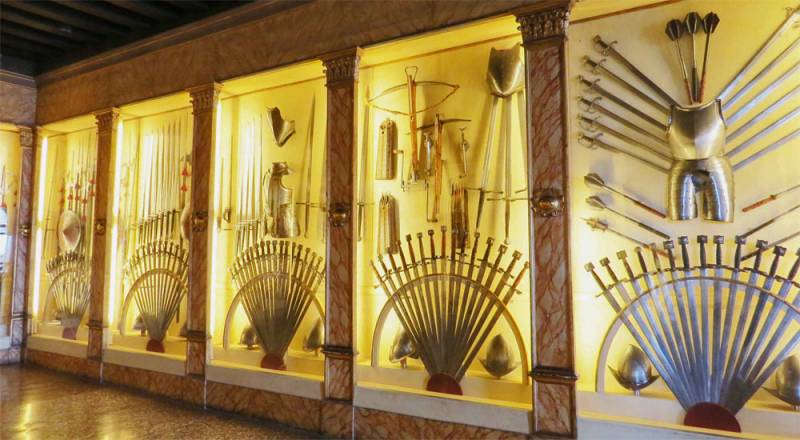
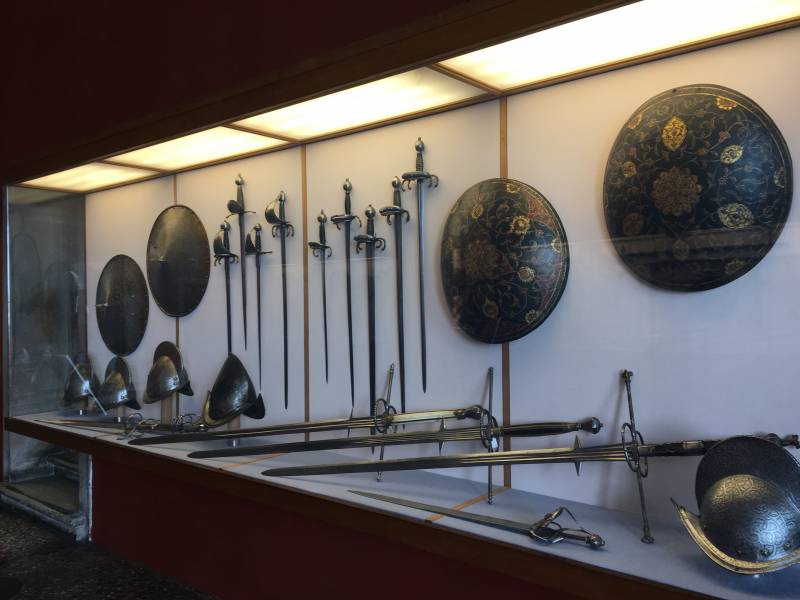
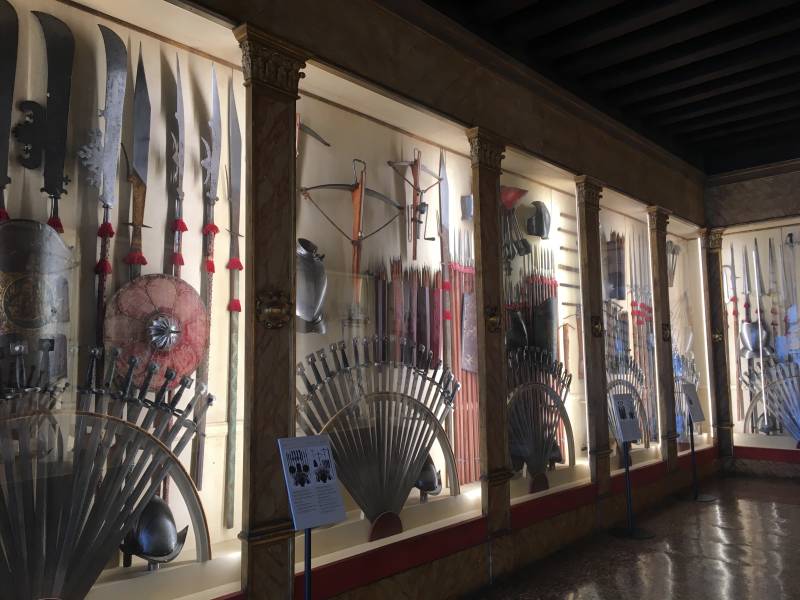
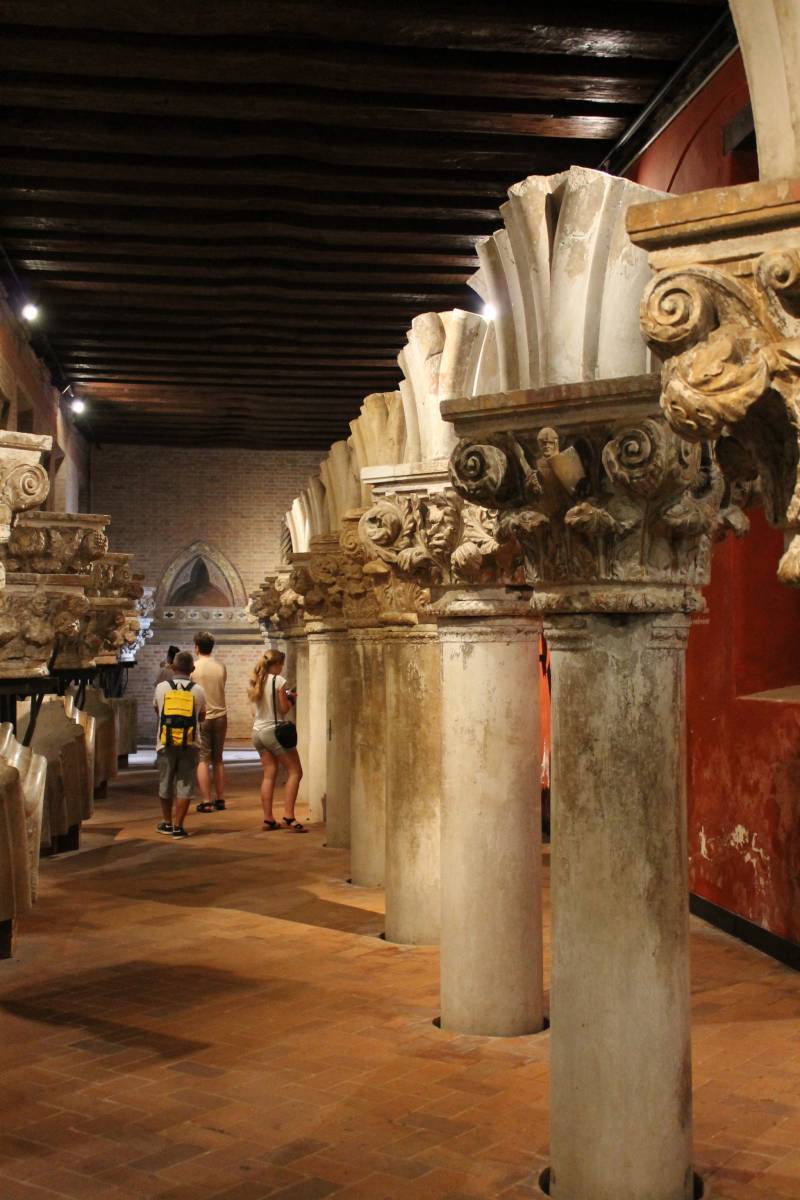
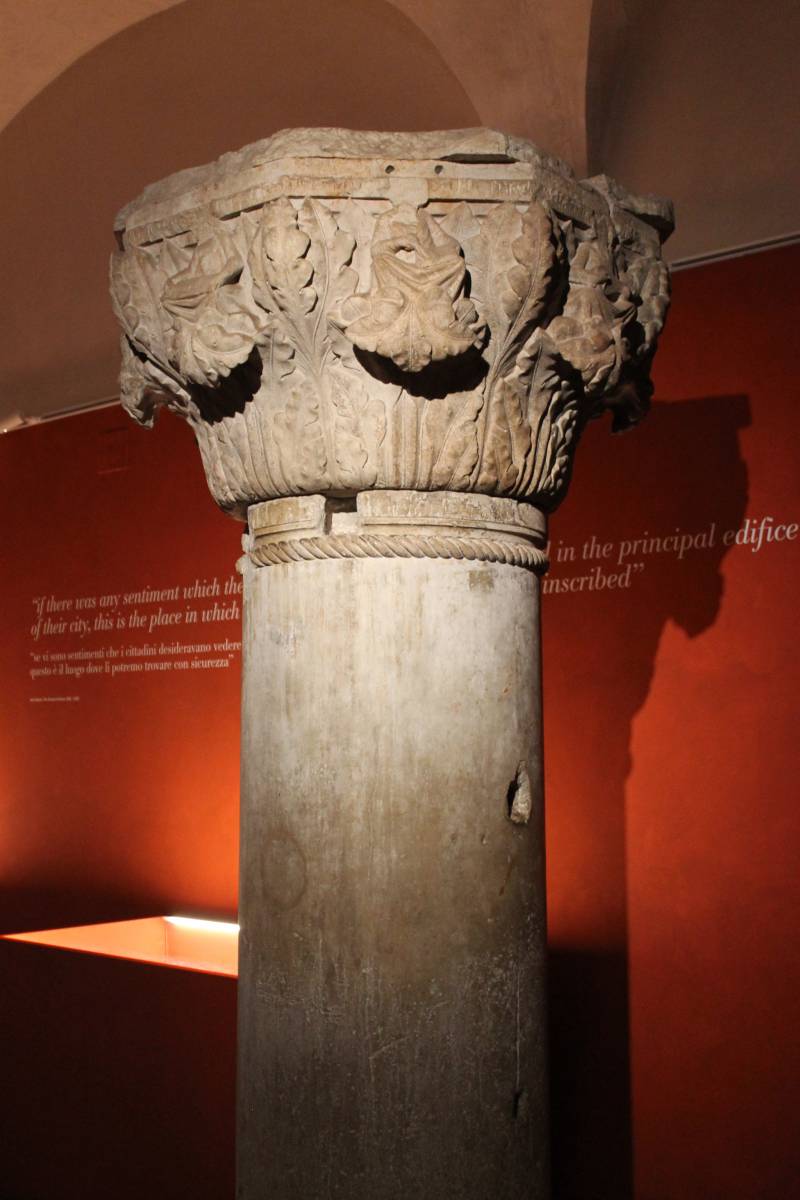
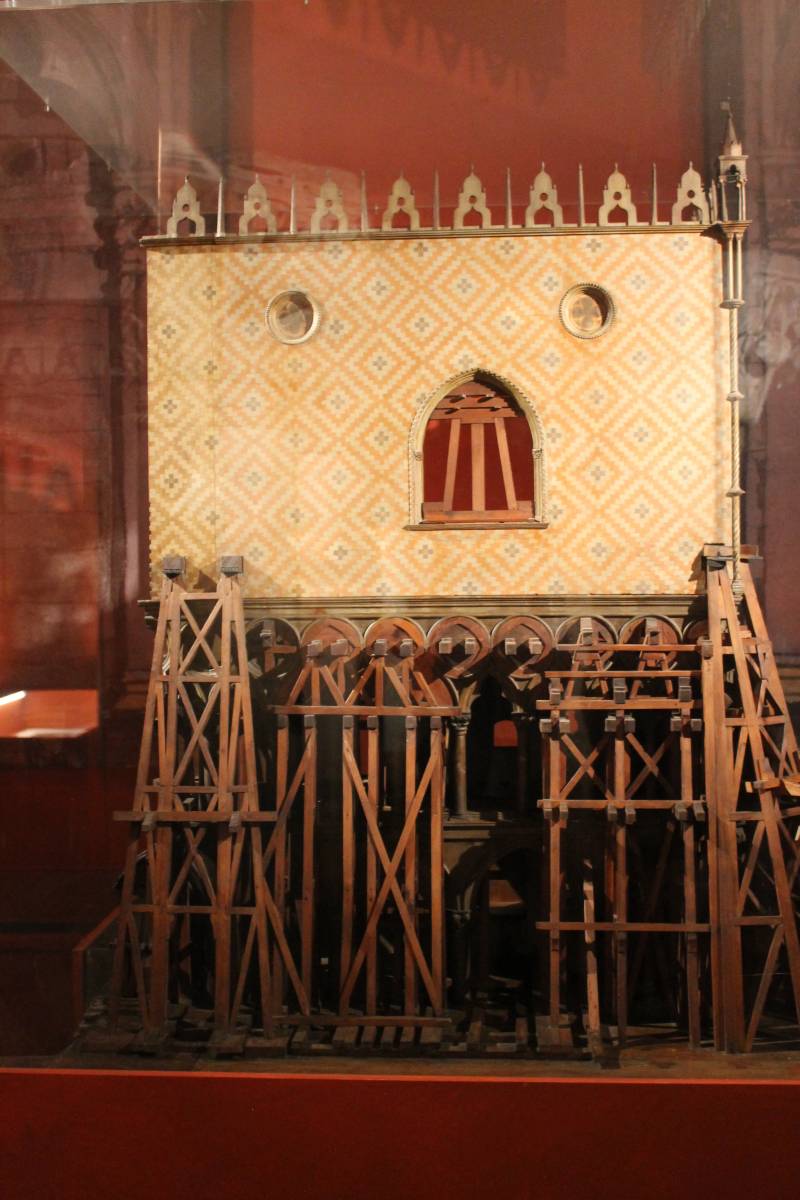
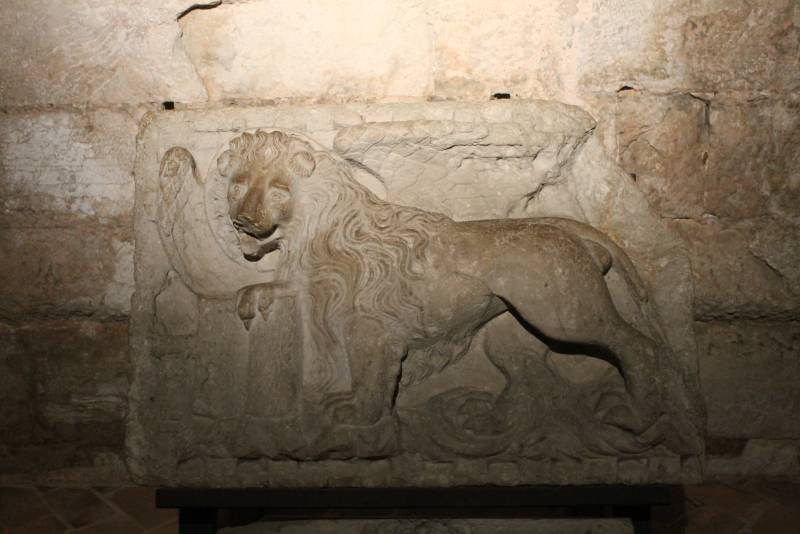
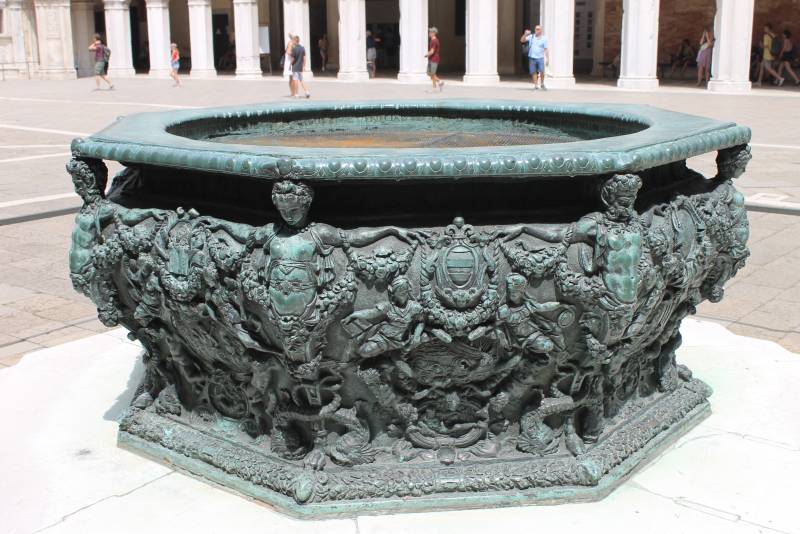
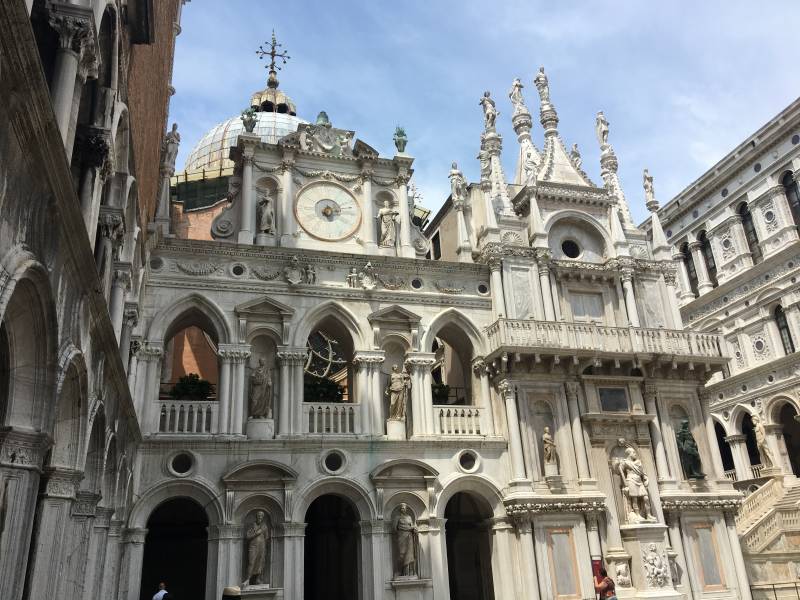
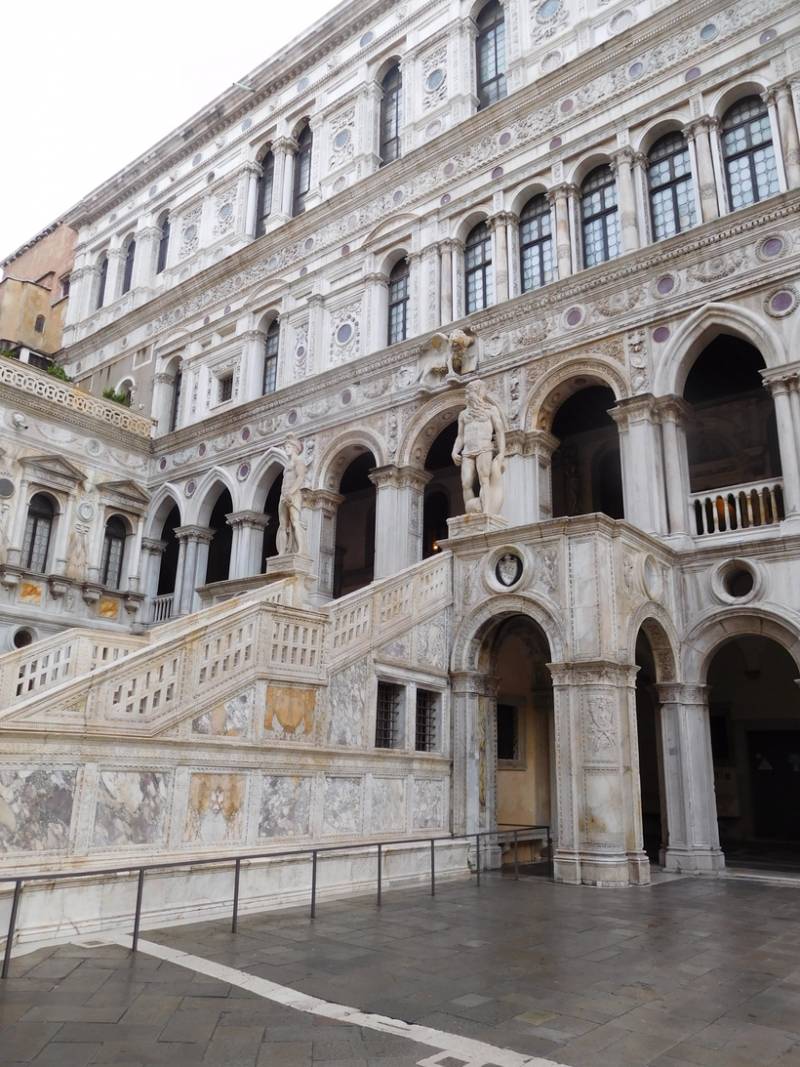
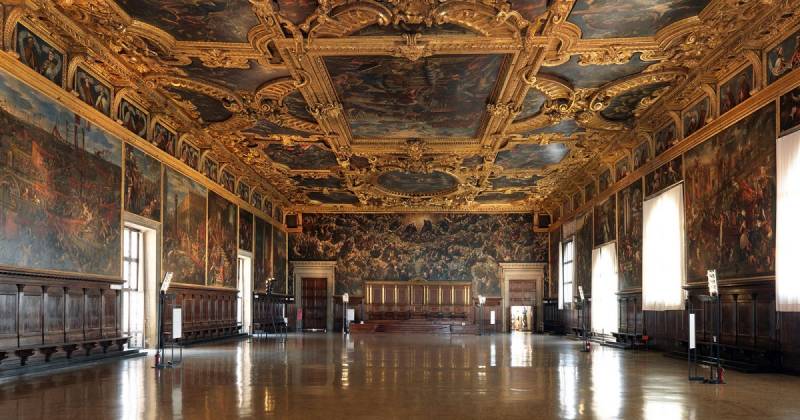
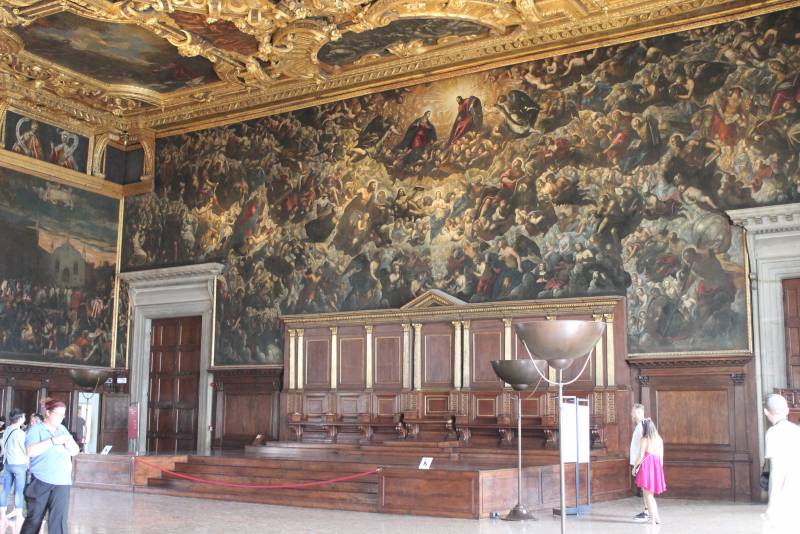
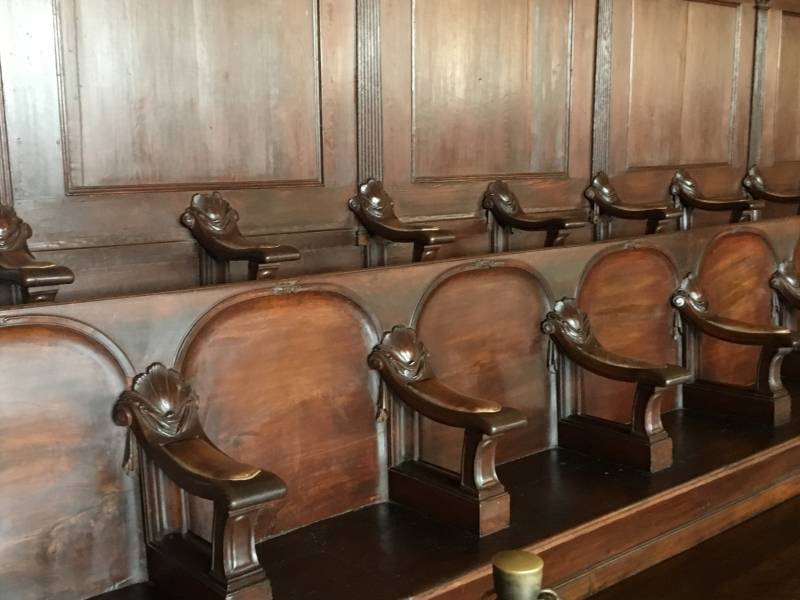
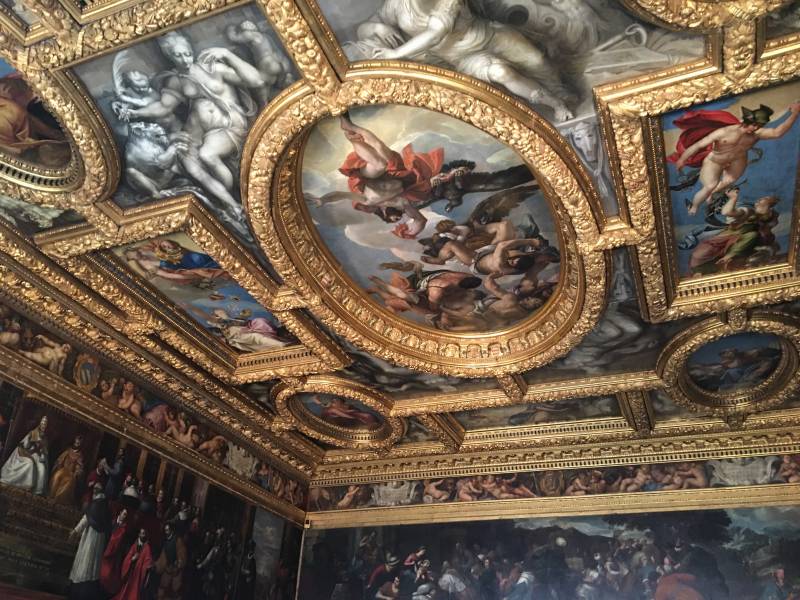
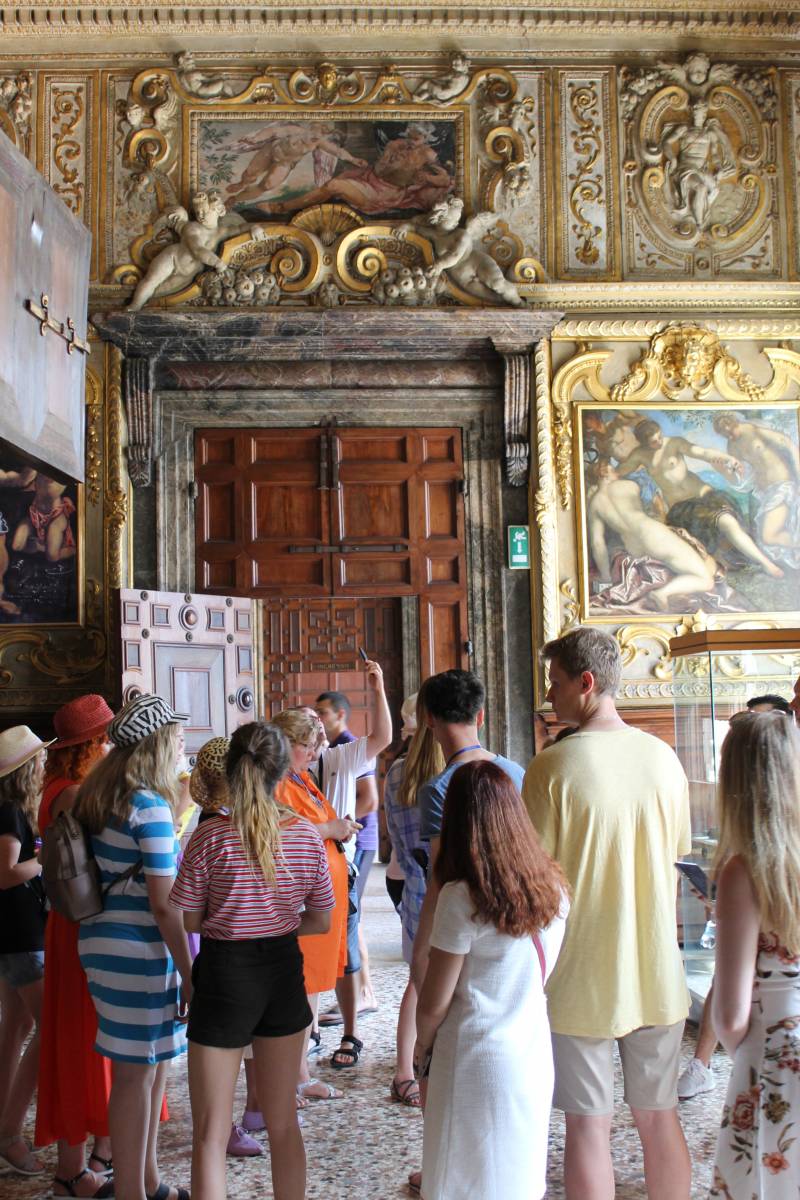
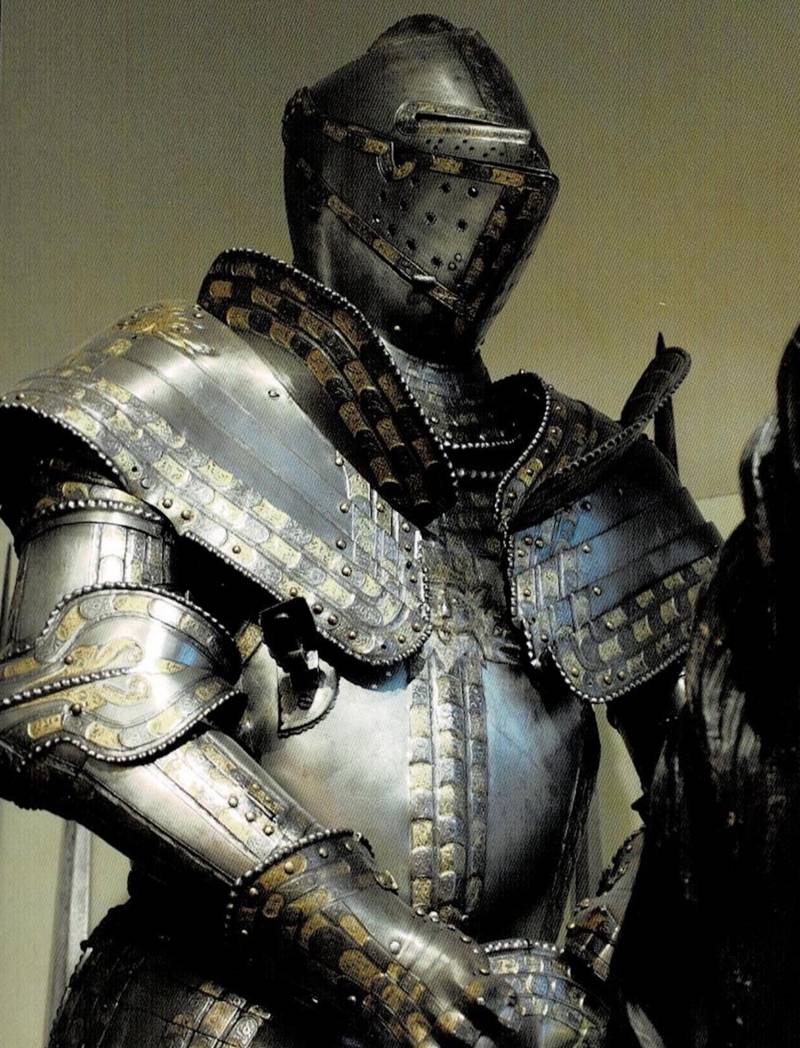

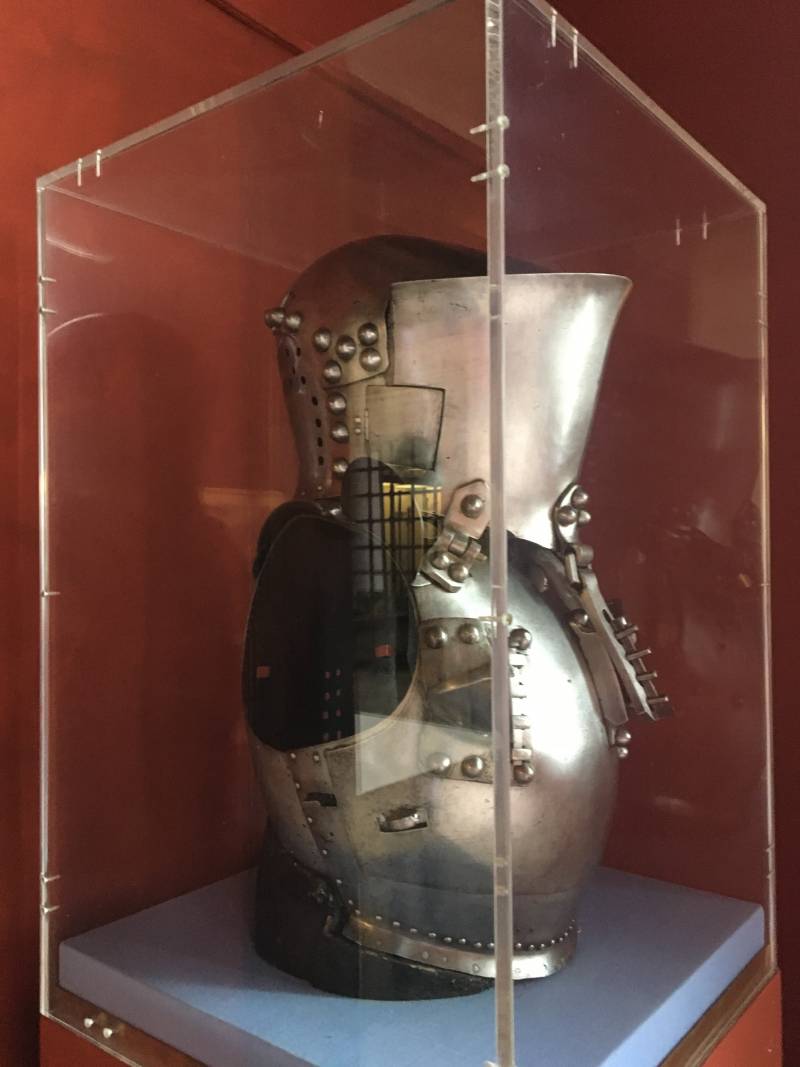
Information